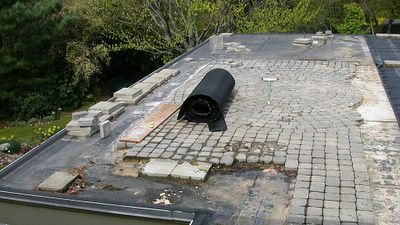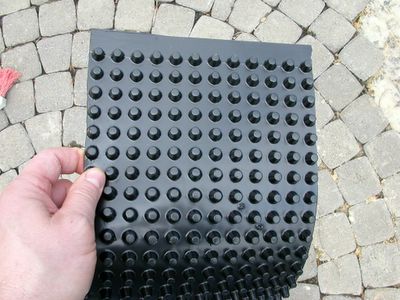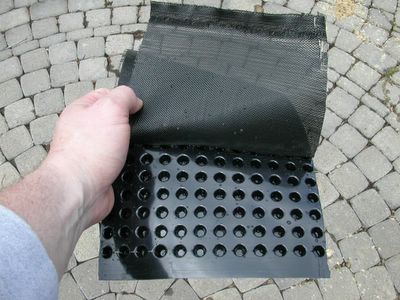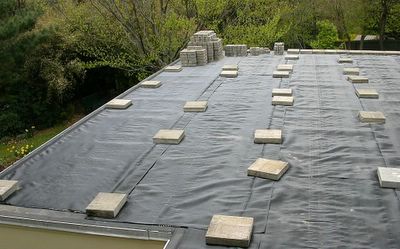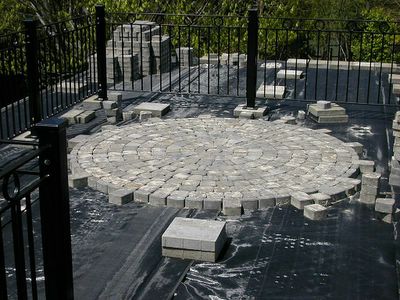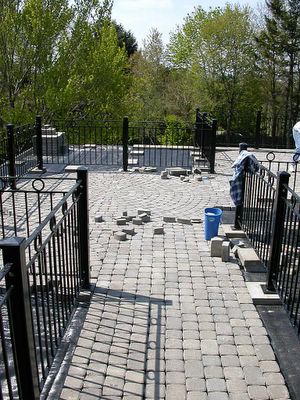Installation of planting boxes continues on my green roof
As is typical for most of our home projects, THIS one is bigger than we thought, and is taking more time than the original estimate. We're at about the 60% mark, and the boxes and paths are looking really good. We're pleased with the design and construction process.
I had a "dry stream bed" planned to cut across the roof (actually for roof gutter outflow), but this may get cut back to a corrugated tube for convenience. It's been a battle between rectangular boxes and free-form curves. So far, the rectangles are winning outside of the railing.
It also appears that we will run short of both lumber and planting mix. My "be-as-exact-as-possible and then add 10% more" practice seems to have STILL been a little short, but we won't know how much short until we get that last box measured. We attempted to do most of the boxes in a "standard" size to minimize waste, but are now down to having each box be made-to-fit.
Now, to get it done and then planted. The Memorial Day weekend approaches, and I suspect that we will be spending most of it planting, both the ground-level gardens and the green roof.
We are taking pictures, and I'll post them to the blog as soon as I can.
